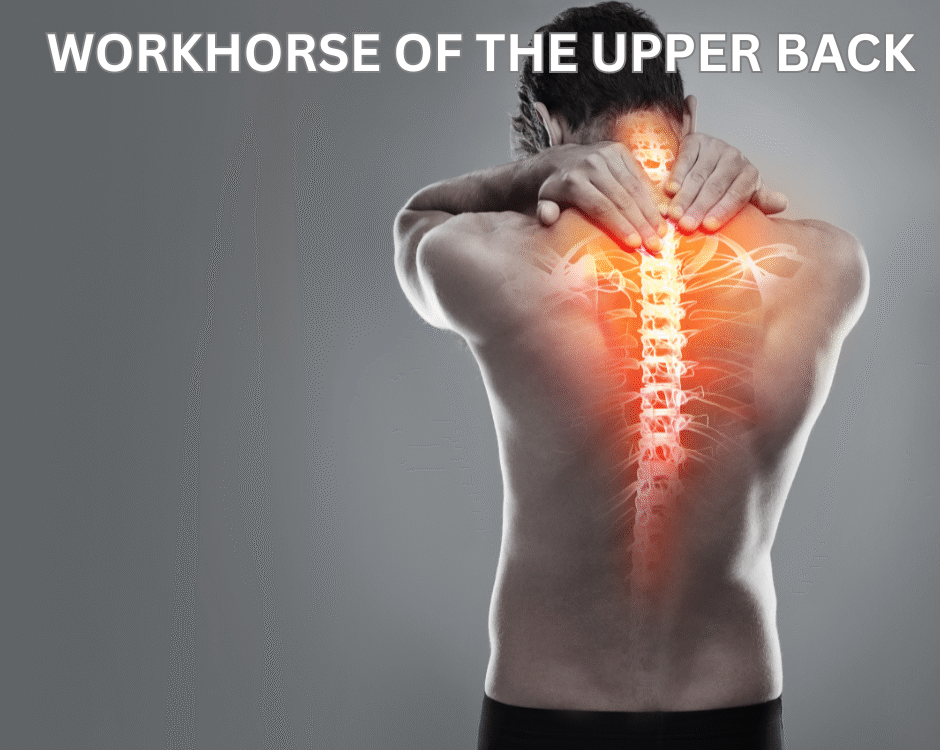2 Great Reasons for Chiropractic Care

How to Find the Best Chiropractor
August 5, 2022How To Stay Healthy Working At Home
August 17, 2022by Deryk Harting, DC
Did you know that back pain is one of the most common medical problems in the United States and leading cause of disability worldwide? An estimated nine out of 10 adults will experience back pain during their lifetime. There are a variety of spinal pain causes including but not limited to:
-Arthritis
-Bulging or herniated discs
-Muscle spasms
-Radiculopathy
-Scoliosis or abnormal curvature of the spine
-Spinal stenosis
-Sprains and strains
-Less common causes include kidney stone/infections, fibromyalgia, osteomyelitis or discitis, gynecological conditions, or tumors
Depending on the cause of pain, many of these patients have positive outcomes with chiropractic adjustments. So how exactly does an adjustment help? Generally speaking, an adjustment helps alleviate pain in a couple ways.
Adjustments improve and increase spinal mobility by unlocking the spinal facet joints (also called Zygapophyseal or z-joints). Facet joints fall under the larger category or classification of joints called synovial joints. Synovial joints all share certain characteristics with each other: they are freely mobile and have an articular capsule or joint capsule. This capsule extends from each bone of the joint and contains synovial fluid. Synovial fluid provides lubrication and nutrients for maintaining joint cartilage and optimal joint health. This fluid helps increase cartilage density and elasticity while protecting the body from inflammation or infection. In addition to regular exercise, chiropractic adjustments help maintain optimal joint mobility and health by mitigating the breakdown of joint cartilage as seen in osteoarthritis. One way of thinking about synovial joint fluid is like the oil we put in our vehicle’s engine. Adjustments and physical movement, like driving, encourage circulation of the fluid.
Chiropractic adjustments also relieve pain by stimulation of our nervous system. Small nerve endings located in our muscles, bones, joints, skin, and organs give our brain the sensations of pain, touch, stretch, and pressure. These types of sensations are transmitted by nerve receptors (called nociceptors and mechanoreceptors) to our spinal cord and ultimately the brain. The main goal of these receptors is to communicate information and possible bodily injury {damage} to our brain. These pathways are highly complex and are pivotal in how we feel or react to pain. Chiropractic spinal adjustments affect firing or transmission of the nociceptors and mechanoreceptors in the spinal joints. The adjustment inhibits nociceptors ability to transmit painful sensations while also stimulating mechanoreceptor activity through increasing joint motion. Processing centers in the spinal cord and brain respond by neurologically inhibiting pain,
These are important questions that a car accident chiropractor or doctor needs to know as they determine the extent of your injuries and possible long-term effects.
How Long Will You Suffer Physical Pain After a Car Crash?
How long your pain lasts is a good question after a car accident. In most cases, people who are involved in a car crash may feel pain, discomfort, and soreness up to 6 weeks after the accident. There is no exact science to determine how long you will suffer physical pain after a car accident. Some people experience pain much longer than 6 weeks and a minority of patients may have some pain for a life-time.
To determine out how long you will experience physical pain and discomfort following a car accident, it is best to visit a car accident doctor, who specializes their practice to injuries caused by auto accidents. These doctors and chiropractors will be able to give you an educated estimation of how much damage or trauma your body has sustained in the collision and a timeline of how long it will take for you to recover from your injuries. These will be rough estimates because no two people have the exact same healing time.
Your car accident doctor will use diagnostic tools to help in diagnosing your injuries and determine if you have any broken bones, soft tissue injuries, or serious structural injuries. Such tools may include x-rays, MRIs, neurological tests and range of motion tests.
After your chiropractor or doctor determines the full extent of your injuries, they will be able to provide an estimated time frame of how long your recovery will take. The only way to find out how long you will suffer physical pain after a car accident is to visit a doctor who limits their practice to injuries caused by car crashes.
How Soon After an Auto Accident Should I See a Doctor?
In most cases, a person who has been involved in an auto accident quickly realizes that he or she has been injured. Injuries such as fractures, bruising, and lacerations present clear signs and symptoms. Some other injuries do not show any immediate signs of injury. It is imperative that you do not ignore any pain from an accident for too long and see a doctor or chiropractor as soon as possible.
Even though you may have the ability to walk away from a collision without a scratch, it is imperative that you have your health evaluated by a chiropractor or physician. Note any immediate symptoms that you may experience and watch out for delayed signs and symptoms. Many serious injuries do not manifest until several hours after the collision.
Ideally, you should see a doctor soon after the accident, even if you feel relatively well. A full check-up and evaluation of your condition will enable the doctor to diagnose any injuries and treat them promptly. Even if a physician gives you a clean bill of health, stay alert for any signs or discomfort in the days after your accident. Report any new symptoms immediately and get a repeat medical evaluation.
Listed below are a few delayed injury symptoms that you may experience:
Dizziness or a Nagging Headache: A blood clot, concussion, neck injury, or even a whiplash injury could lead to both dizziness and headaches. These symptoms may manifest up to several days after the accident. It is important to note that these injuries could be serious and may warrant medical attention.
Back Pain: As with a headache, you may develop pain in the back a few hours after the crash or even many hours later. This could be a telltale sign of soft tissue injury, sprain, whiplash or something worse like a herniated disk. These conditions can impair mobility and cause debilitating pain and therefore mandate a thorough evaluation. Schedule an appointment with the nearest auto injury care center, if you experience numbness, pain, or even a tingling sensation in your back.
Pain in the neck and/or shoulders: Excruciating pain in the neck and shoulder region could indicate a spinal injury or herniated disk. This kind of pain is also a very commonly reported symptom of whiplash. If you experience discomfort or pain that you cannot bear, contact a physician immediately for tests as well as treatment.
Get Quality Care After a Car Accident
If you or a family member has been injured in a car accident, do not waste time. Ensure that you get high quality auto injury care from well-trained and experienced professionals. Visit us at Chambers Medical Group or call us at 1-888-6-BackMan to schedule an appointment today.
Come visit us at the following locations to begin your healing process after an auto accident:




